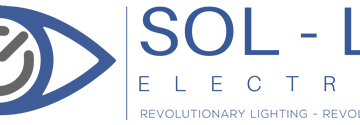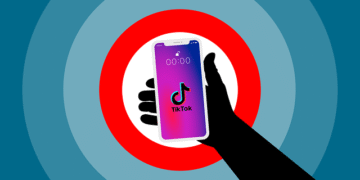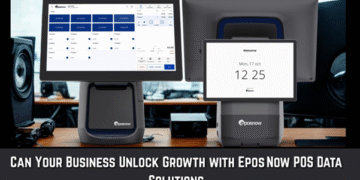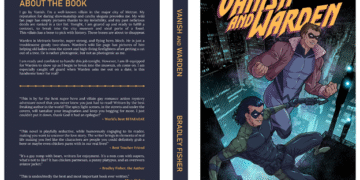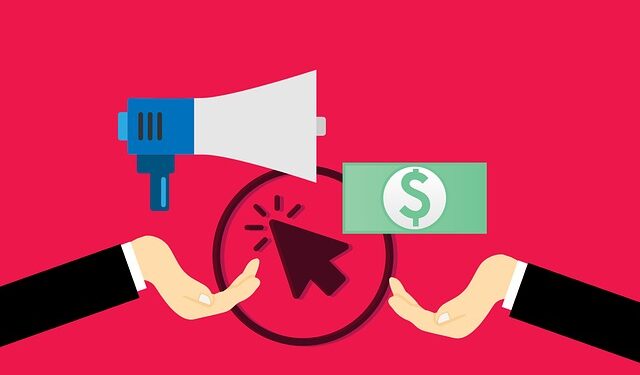If you’re running pay-per-click (PPC) ads, you’ll want to make sure you’re getting the most bang for your buck. A good landing page that converts visitors into leads and customers is key for PPC success. Here are some top tips for optimising your landing pages to boost conversion rates from your PPC traffic.
Page Load Speed
With the low attention spans of online visitors, you only have a few seconds to grab their interest. Make sure your landing page loads quickly – under 2-3 seconds is ideal. Use lightweight images, compress files, and optimise code to maximise speed. A slow-loading page means lost visitors. Consider using a site speed testing tool to measure your current page load time and identify improvement areas. Striving for a page load time under 1 second is ideal. Minify CSS, JavaScript, and HTML files to eliminate unnecessary characters that slow things down.
Clear Messaging
Your headline and value proposition should clearly convey your offering within seconds. Use bold fonts and descriptive language focused on benefits to the customer to emphasise what you do. Refrain from overused, generic phrases and elaborate claims you can’t back up. Your messaging should be concise yet compelling. Conduct A/B testing on different headlines and propositions to determine which resonate the most. Carefully balance text, negative space, and visuals so that key messages stand out.
This is something a Fluro digital marketing expert will do while managing your PPC campaign.
Effective Calls-to-Action
Calls-to-action (CTAs) turn visitors into leads and customers. Make sure they stand out through contrasting buttons and colours. Use urgent, action-oriented language like “Start Free Trial” or “Buy Now” to encourage clicks. Include secondary CTAs above and below the page fold to provide multiple opportunities for visitors to convert. Draw attention to CTAs by placing them on blank backgrounds and experiment with different shades to determine the most effective colour contrast. Use directional cues like arrows near CTAs to guide visitors to click.
Relevance to Ad Copy
Keep your landing page consistent with your PPC ad copy in terms of messaging, offerings, imagery, and branding. If viewers feel misled by conflicting content, they’ll lose trust and leave without converting. Maintaining continuity from your ads ensures higher relevance and conversion rates. Before launching a new PPC campaign, carefully evaluate if your current landing pages match the promoted ads or if you need to create targeted, customised pages. Use dynamic keyword insertion to tailor landing page content to the search terms visitors used.
Prominent Form Placement
Lead generation forms should be visible both above and below the page fold. Avoid distractions around forms and use contrasting colours so they stand out. Only ask for essential contact details at first – you can collect additional info later on. Making your forms easy to find and fill out removes friction in the conversion process. Check your page analytics to see where visitors are actually submitting forms and place additional forms near those hot spots. Remove optional form fields to simplify and shorten submissions.
Credibility Builders
Boost trust and credibility through customer testimonials, reviews, certifications, guarantees, and concrete company details. Visitors need reassurance that you’re legitimate and able to deliver what you promise. Back up your claims so they feel confident buying from or sharing info with you. Feature a mix of testimonials – quotes, stories, ratings, and reviews – to establish clout in multiple ways that appeal to diverse visitors. Display trust badges and security seals to reinforce the safety of transactions.
Mobile Responsiveness
With over 60% of traffic now coming from mobile devices, your landing page must be optimised for smartphones and tablets. Use a mobile-friendly template and flexible containers that adapt to different devices. Confirm forms, CTAs, and content layouts work for touchscreens. If your page isn’t mobile-friendly, you’ll miss out on conversions. Check the page on actual devices instead of just responsive design viewports to uncover issues the emulator may not detect. Make tap targets large enough for error-free use on touchscreens.
Page Content Structure
Organise your content in an F-shaped pattern users naturally follow – starting with a headline, scanning sub-headers and images, and moving into block text for details. Break up sections with whitespace and use bullets to make info easy to absorb. Attention spans are short, so make your content skimmable. Adhering to established content hierarchy principles removes guesswork on structuring page elements appropriately. Use descriptive anchors to improve the ability for visitors to navigate sections.
Targeted Content
Create dedicated landing pages tailored to each of your PPC ads and campaigns. Send traffic from an ad about “household cleaning tips” to a landing page on “eco-friendly home cleaning ideas” rather than your main website. Segmented content tailored to visitor interests converts better. Align images, vocabulary, and offers with the associated ad campaign so visitors feel they arrived at the right place. Customise background colours and other visual elements to match the aesthetics most associated with ad themes.
Post-Conversion Strategy
Once someone converts through filling out a form or making a purchase, have a plan in place to guide them to further action. This could involve programming your form to send automatic emails, directing users to sales funnels, or linking to related products or resources. Keep visitors engaged post-conversion. Use post-conversion opportunities to collect feedback, promote loyalty programs, or provide special re-engagement offers. Offer instant discounts or bonuses as a reward for converting to incentivise commitment.
With clicks on PPC ads costing you money, it pays dividends to optimise your landing pages for higher conversion rates. Follow these tips to ensure you transform more of your costly visitors into leads and sales.
